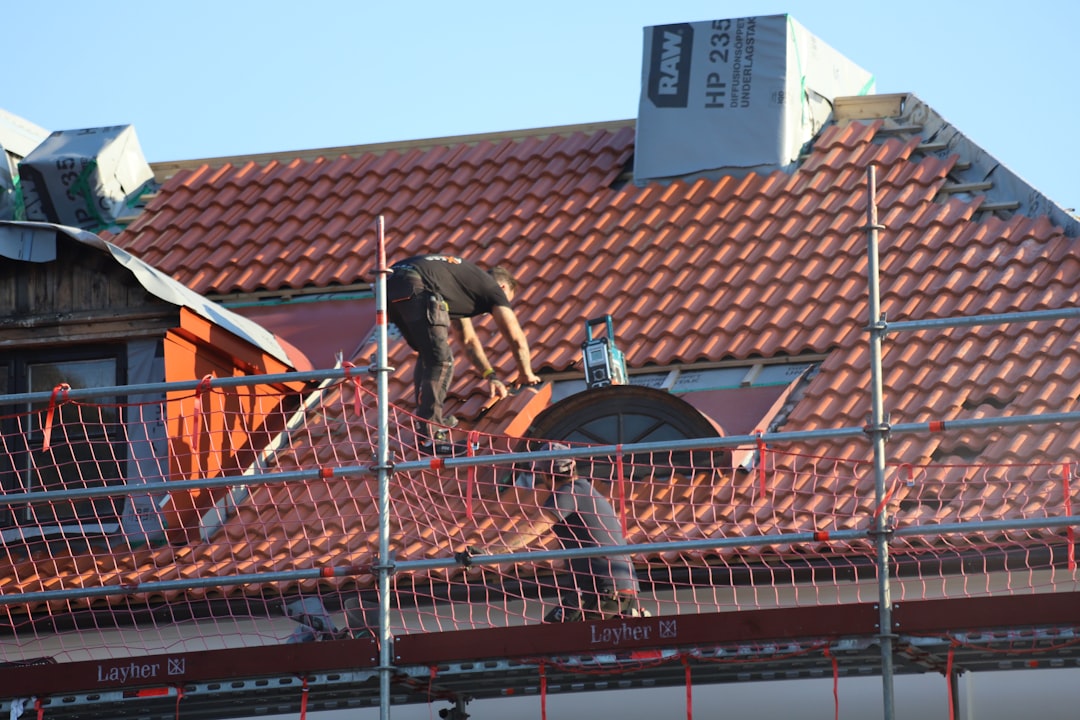Understanding the Importance of Roof Vents Installation
Proper roof ventilation is crucial in construction, impacting energy efficiency, indoor comfort, and roof durability. Installing roof vents correctly can reduce energy costs by balancing attic temperatures and preventing moisture buildup.
Cost Implications of Inadequate Ventilation
- Increased HVAC costs by up to 15% due to trapped heat
- Potential mold growth affecting air quality and structure
- Shingle damage from excessive attic heat
Types of Roof Vents for Professional Installation
Roof vents facilitate airflow, moving warm air out and drawing cooler air in. Professionals calculate the ideal Net Free Vent Area (NFVA) to ensure balanced ventilation.
Common Roof Vent Types
- Ridge vents – Installed along the roof peak for a low-profile look
- Static box vents – Placed near the ridge to exhaust hot air
- Solar-powered vents – Use renewable energy to boost airflow
- Soffit vents – Intake vents under eaves for cooler air
- Gable vents – Louvered openings in end walls for balanced flow
Professional Roof Vents Installation Process
1. Digital Assessment – AI blueprint takeoffs determine attic specifications.
2. Real-Time Estimate – Discuss goals and receive an itemized quote.
3. Material Selection – Choose code-compliant vents and weatherproof materials.
4. Site Preparation – Crews prepare the site and mark cut-lines.
5. Cutting & Placement – Precision tools create vent openings.
6. Sealing & Fastening – Secure vents with high-grade sealants.
7. Quality Audit – Verify airflow targets and document installation.
Expert Tips for Optimal Ventilation
- Avoid mixing powered and passive vents to prevent airflow issues.
- Ensure intake and exhaust are balanced to avoid negative pressure.
- Consider ridge vents for uniform ventilation during reroofing.
- Check attic insulation to ensure vent performance.
Cost Considerations for Roof Vents Installation
- Roof pitch and height – Steeper roofs may require more safety measures.
- Shingle condition – Damaged materials may need replacement.
- Vent style – Solar or motorized options have higher upfront costs.
- Local codes – Specific NFVA ratios may increase vent count.
Professional estimates consider these factors for a transparent budget.
Common Installation Mistakes and Solutions
- Improper flashing leading to leaks
- Using incorrect sealants around vent collars
- Inadequate sheathing cuts restricting airflow
- Incorrect vent placement trapping hot air
Certified installers follow guidelines to prevent these issues.
Maintenance for Longevity
Roof vents require periodic inspection. Schedule checks to spot issues early.
Maintenance Checklist
- Clear debris from vent openings
- Ensure attic insulation doesn’t block vents
- Re-seal fasteners periodically
Why Choose Professional Installation
Data-Driven Accuracy: AI takeoffs ensure compliance.
Real-Time Collaboration: Instant updates during consultations.
Certified Crews: Trained on the latest standards.
Comprehensive Platform: Manage projects from start to finish.
Case Study: San Jose Attic Makeover
A San Jose homeowner faced high utility bills and roof leaks. Using professional services, a solution combining ridge and soffit vents was implemented for optimal balance.
Project Overview
- 2,400 sq ft single-story ranch
- 6/12 roof pitch with asphalt shingles
- Goal: Reduce attic temperature by 30°F
Approach
1. AI Blueprint Takeoff – Calculated NFVA for balanced ventilation.
2. Material Selection – Chose ridge vents and soffit panels.
3. Installation – Completed with minimal disruption.
Results
- Attic temperature reduced by 34°F
- 11% reduction in HVAC runtime
- Moisture levels stabilized
Key Takeaways
- Accurate NFVA calculations are essential.
- Pairing vents avoids costly retrofits.
- Documented imaging proves ROI.
Enhance Your Roof's Performance
For reroofing or ventilation upgrades, professional services offer advanced technology and craftsmanship. Explore more successes and book an assessment today.

